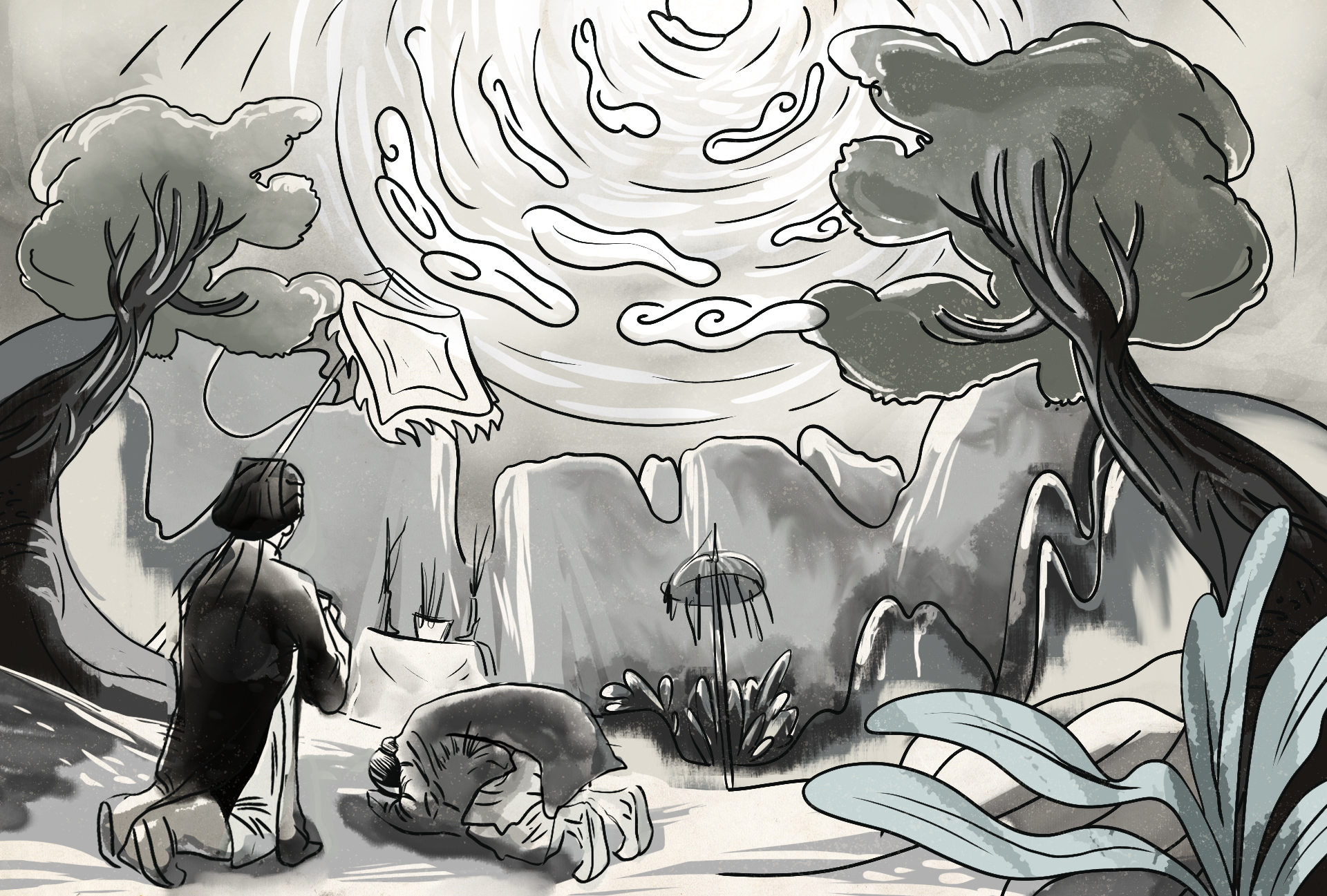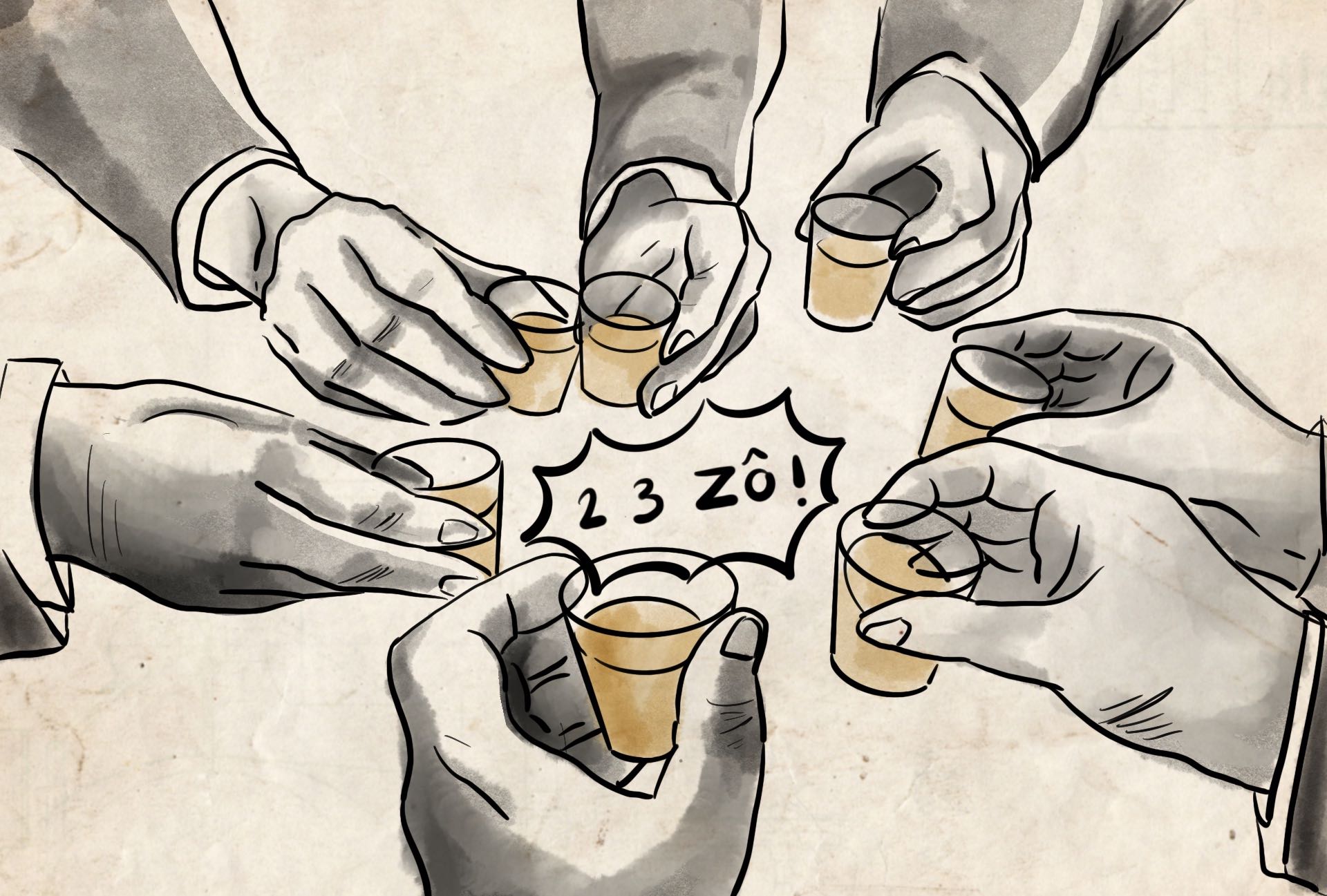Ruou, or ‘rice liquor’, is the epitome of the grain. In poetry, it’s referred to as the ‘heaven’s nectar’.
With a title like this, it’s easy to see how ruou has been the predominant alcohol consumed in Vietnam for so many years. But where does it start, and how did it gain such an illustrious title?
The Origin of ruou
Ever heard of a love of alcohol taking down a whole kingdom?
That’s what happened to the last King of the Hung dynasty. According to the ‘Complete Annals of Dai Viet’, unable to get the better of his love of ruou, the King conceded his entire kingdom to Thuc Phan in 257 D.C.
The book, ‘Selection of Strange Tales in Linh Nam’ offers up a case of history repeating itself. As legend has it, the Tran Dynasty succumbed to that same end, overcome with a love of homebrew.
Ruou became synonymous with Vietnam. Liquor was distilled from everything. Sticky rice, ordinary rice, brown rice, cassava, corn, and sweet potato all made it into the pot.
The yeast was easy to get. It would be made from common herbs and flowers, like ginger, Chinese liquorice, ramulus cinnamon, dahurian angelica, and roots from pepper trees.
These different liquors became a symbol for the location in which they were distilled.
- Mau Son liquor, from Lang Son, was distilled with ordinary rice and water from creeks, using herbs from the jungle for yeast. It was known for its crystal clear appearance, and fragrant, flavoursome taste.
- Van village’s liquor, from Bac Giang, took on the white sticky rice and various herbs traditionally known for their medicinal qualities. When shaken, this clear ruou produces a slight fizz, a mark that a connoisseur can judge the liquor on.
- Bau Da Liquor from Binh Dinh, is fermented using water from an ancient pond. Its unique taste is said to rejuvenate the drinker after just one or two of shots.
In Vietnam, liquor’s more than just a drink
As ruou became a staple part of Vietnamese culture, the gourd turned into an essential element at ancestor’s altars. The white porcelain, rotund vessel contained clear rice liquor, and represented the clear conscience of the living, paying tribute to the dead.
Ruou has found a place at every festival or family occasion as an offering to the gods and ancestors. Every ritual is the same. A cup of liquor is offered, followed by a bow of thanks to the gods, and then two cups of liquor are emptied as a symbol of earth and heaven’s everlasting friendship.

The harmony of yin and yang
Vietnam takes a different approach to a balanced diet than the one you may be familiar with. It’s all about yin and yang harmony.
Liquor plays an important role in a Vietnamese meal. Heavy on the meat means yang, while the ruou is all about being light. The salty bite of meat needs a gulp of liquor to balance it out.
“Men without liquor are like flags without wind”
In ‘Wuxia’ by Jin Yong, men prove themselves with liquor. Friends are made with it, it’s consumed in ‘brotherhood’ rituals, and the more they drink, the more heroic they appear.
In Vietnamese tradition, the ability to drink a lot is a source of pride. As the old saying goes, ‘Men without liquor are like flags without wind. Without it, they cannot proudly flutter in the sky.’
Guest drinks before the host
What may appear to be needless courtesies to western cultures are far more significant in Vietnam.
Ritualistic shots are first offered by the host, then by the guest. This tradition has been around since liquor history began, from farmers to academics. It’s a symbol of friendship, inspiration for poetry, and a relief to life’s sorrows.
In fact, it even inspired this poem Nguyen Dinh Chieu:
To initiate friendship between soulmates,
To together play chess sometimes, drink liquor sometimes, to play string instruments sometimes, and to make poets sometimes
The role of ruou today
In many ways, not much has changed for Vietnam’s drinking culture. It’s still consumed at major life events, parties, and used to balance out daily meals.
Whether it’s a luxury wedding somewhere in the big city, or a modest ceremony in the countryside, a bottle of ruou still finds its way to the table. But with new generations comes new ways of drinking.

Rice liquor with a twist
Since the start of the French colonial period, Vietnam has begun mixing with liquors outside of the tradition.
Vietnam’s drinking scene no longer focuses solely on balance, purity, and simple flavours. Now, liquors are mixed with a range of ingredients to create a diverse range of cocktails.
Cocktails first made their way into Vietnam via the French, and the classics were irreplaceable in the colonial bars. When they were booted, however, they forgot to take their spirits and banh mi with them.
21st century ruou
From blue plastic tables to mixologist’s liquor cabinets, it’s clear that ruou still has a place in Vietnam.
While old school distillation still exists, Son Tinh is bringing this complex liquor into the 21st century. After years of experimentation, Son Tinh is combined international-standard distillation processes with traditional flavours.
Thanks to hard work and dedication to the craft, Son Tinh is gaining recognition for rice liquor on the world stage – winning plenty of awards across the world.
Still don’t understand the hype? Pick up a bottle for yourself and give it a go!
STORIES
